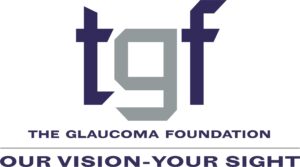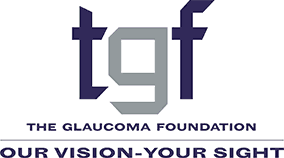~Early Detection Remains Key in Treating Glaucoma ~

Glaucoma is one of the leading causes of blindness in America. Yet, the diagnosis rate of glaucoma represents only 30–50% of total cases. This underscores the silent nature of this condition, with estimations showing an annual growth rate for glaucoma cases of 2.8% to reach 4.6 million by 2030.
Despite its manageable nature, the condition’s asymptomatic early stages and slow progression contribute to the crisis. As Glaucoma Awareness Month approaches, the importance of advocating for early detection becomes paramount in curbing the alarming rise in cases. Promoting regular eye care and awareness initiatives can empower individuals to seek timely intervention, mitigating the impact of this often undetected but potentially devastating eye disease. Let’s take a closer look below.
Unveiling the silent progression
Glaucoma targets the optic nerve and its ability to transmit visual information to the brain. It incrementally elevates intraocular pressure, gradually impacting peripheral vision. Remarkably, individuals might remain oblivious to these changes: their daily vision may appear unchanged even as glaucoma silently advances. This covert advance underscores the challenge of its detection.
That is why most patients with glaucoma risk factors like race or family history are often referred for more extensive ophthalmologic care. Historically, regular eye care or dilation exams were often withheld from individuals with a poverty income ratio of less than 1.5. Lifestyle, insurance, and geographical constraints were other factors that contributed to this lack of access to diagnostic measures.
Fortunately, the evolving landscape of healthcare has witnessed technology emerge as a valuable ally in surmounting accessibility hurdles. Major retailers are increasingly integrating optometry services into their offerings. Target is one of the primary chains that allows you to quickly search your location online in order to get referred for an eye exam near you. That’s played a significant role in improving access to professional assessments from the Independent Doctors of Optometry, which look at intraocular pressure, scrutinize the optic nerve, and evaluate the visual field to diagnose glaucoma. All one has to do is book an appointment on their phone, enhancing flexibility for individuals seeking eye tests.
In time, the community for glaucoma treatment can expect more cutting-edge technology to be made available to the public. In November 2023, biotechnological company Amydis announced its Phase 2 clinical program for AMDX-2011P. This innovative retinal tracer aims to detect amyloid-beta deposits in glaucoma patients, potentially revolutionizing early detection methods. This progressive approach signifies a significant stride towards more effective and timely detection, ultimately contributing to improved patient outcomes.
Impact on treatment plans
Early detection of glaucoma can offer a more favorable landscape for managing the condition. For one, less invasive treatments, such as prescription eye drops to reduce intraocular pressure, become more viable. If they catch it early, patients can also more easily control glaucoma progression by simply incorporate lifestyle changes to complement their treatment plans. Increased physical activity, mindfulness practices like meditation, and adopting a nutritious diet are integral components of a holistic approach to managing glaucoma. These measures not only contribute to overall well-being but also align with the goal of preserving vision and minimizing the impact of this sight-threatening condition.
Treatment efficacy is also often higher in the early stages of glaucoma. Medications and interventions are more likely to be successful when the disease is identified early, potentially slowing down or halting its progression. If necessary, adjustments can be made promptly to optimize outcomes, ensuring that the patient receives the most beneficial and tailored care.
By addressing glaucoma before it reaches advanced stages, patients are more likely to maintain functional vision, reducing the impact on their daily activities and overall well-being. Consequently, the rising prevalence of cases demands a concerted effort to promote regular eye exams, leverage technological advancements, and empower individuals to take charge of their eye health.
Join our community at The Glaucoma Foundation today, and with our united efforts, we can work towards reducing the burden of glaucoma and preserving the precious gift of sight.
Article written by Rose Joanne
Exclusively for

